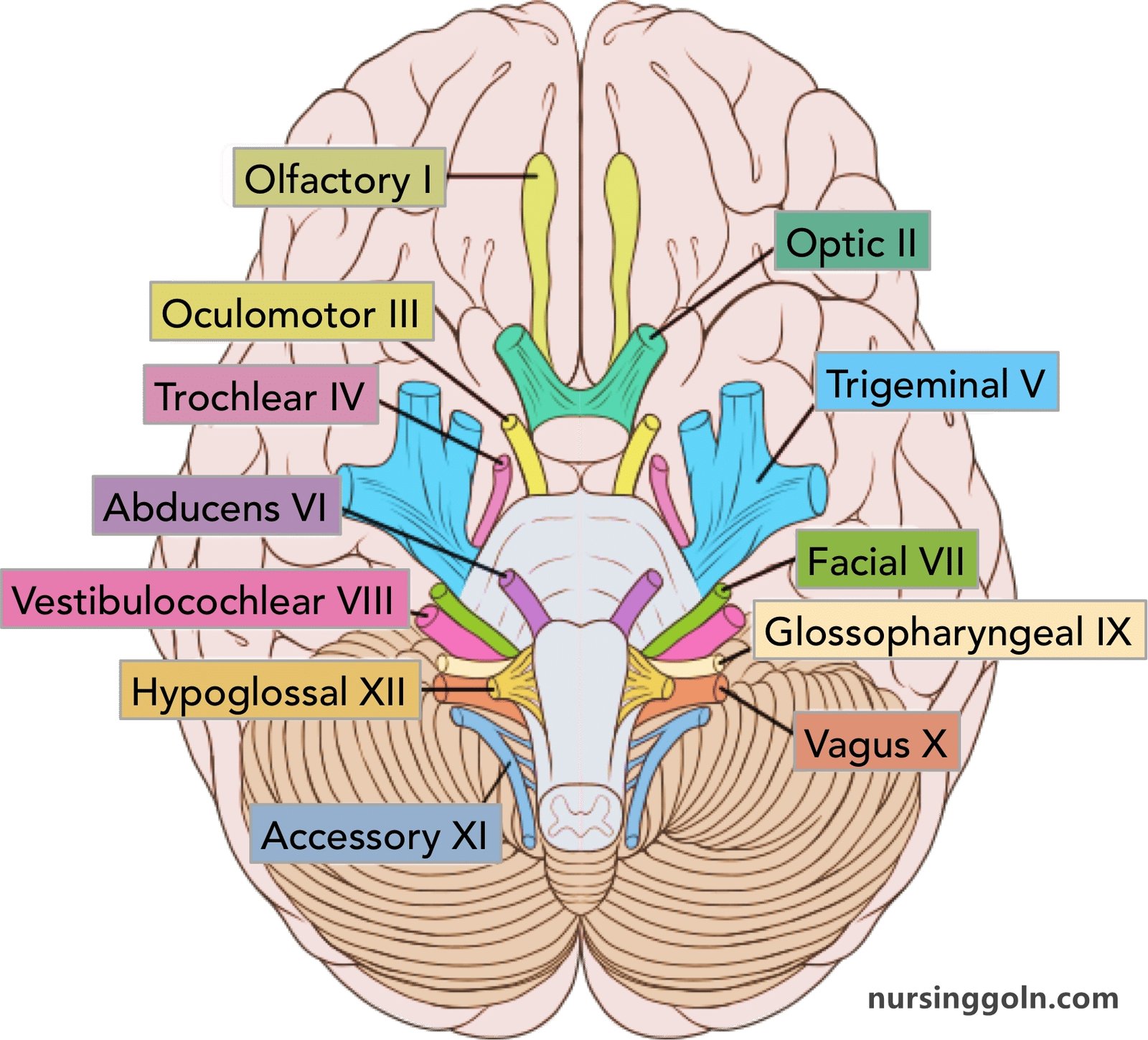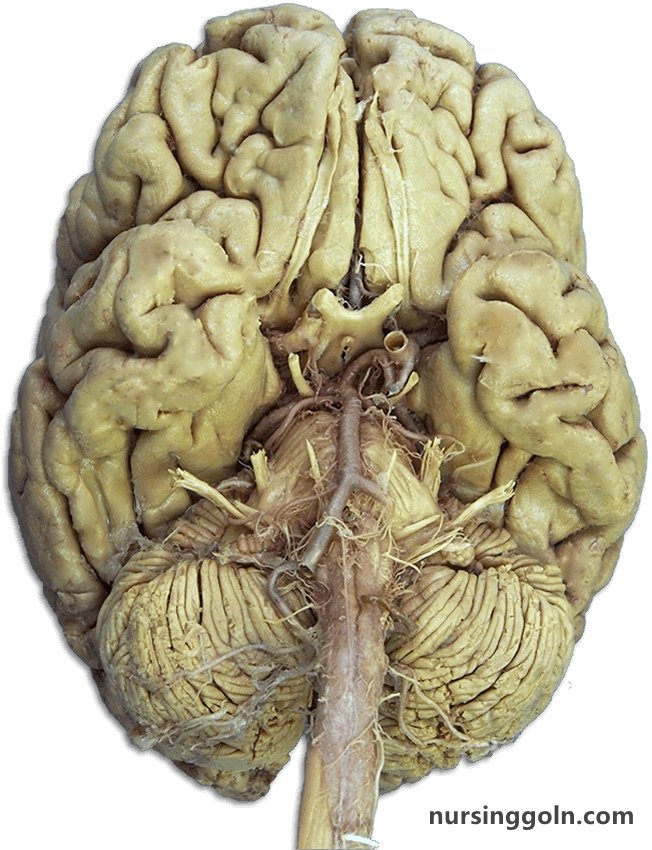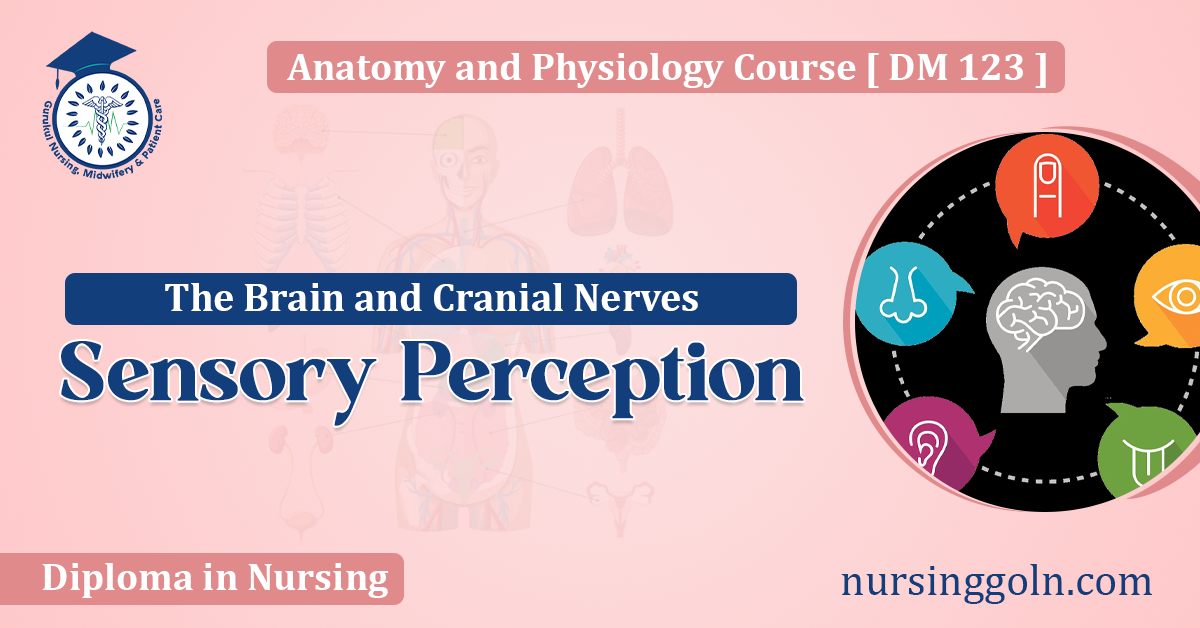Today our topic of discussion is ” Sensory Perception “. Sensory perception is the process through which our brain interprets the stimuli our body encounters, allowing us to understand and interact with our environment.
This complex and fascinating mechanism involves an interplay between the brain and its cranial nerves. Within this narrative lies the marvel of human experience, from the gentle caress of a breeze to the vibrant hues of a sunset. This article explores the intricate domain of sensory perception, diving deep into the role of the brain and cranial nerves.

Sensory Perception: The Brain and Cranial Nerves
1. Setting the Stage: What is Sensory Perception?
At its core, sensory perception is our ability to process and interpret information that our senses gather. It involves the detection of stimuli by sensory receptors, the transduction of this information into nerve impulses, and the interpretation of these impulses by the brain.
2. The Brain: The Epicenter of Perception
The brain, a remarkable organ encased within our skull, serves as the primary hub for sensory processing. Various regions of the brain specialize in interpreting different sensory inputs:
- Occipital Lobe: Processes visual information.
- Temporal Lobe: Handles auditory stimuli and is also involved in smell.
- Parietal Lobe: Integrates sensory information from various modalities, especially spatial sense and navigation.
- Frontal Lobe: Associated with planning, reasoning, and decision-making.
- Insula: Plays a role in taste and visceral sensations.
3. The Cranial Nerves: Pathways of Sensory Information
Among the twelve pairs of cranial nerves, several are dedicated to sensory perception:
- Olfactory (I): Relates to the sense of smell.
- Optic (II): Transmits visual information from the retina to the brain.
- Vestibulocochlear (VIII): Concerned with hearing and balance.
- Trigeminal (V): Conveys sensory information from the face and is involved in the sensation of touch, pain, and temperature.
- Facial (VII), Glossopharyngeal (IX), and Vagus (X): All play roles in taste perception.

4. The Sensory Journey: From Stimulus to Perception
- Detection: Sensory receptors detect stimuli.
- Transduction: These receptors transform the stimuli into electrical impulses.
- Transmission: Impulses travel via the cranial nerves towards the brain.
- Interpretation: The brain processes these impulses, leading to our conscious perception of the stimulus.
5. Multisensory Perception: When the Senses Converge
Our brain often integrates information from multiple senses to give us a cohesive perception. This multisensory integration can enhance the sensitivity of our responses and provide redundancy in case one sense fails.

6. Sensory Adaptation: Tuning Out the Constant
If exposed to a constant stimulus, our sensory receptors may reduce their responsiveness, allowing the brain to focus on novel or changing stimuli. This phenomenon, known as sensory adaptation, explains why we might stop noticing a persistent background noise or the feeling of a watch on our wrist.
7. Sensory Overload and Deprivation
- Overload: In today’s digital age, the barrage of stimuli, especially from screens and devices, can lead to sensory overload, causing stress and anxiety.
- Deprivation: Conversely, sensory deprivation, as seen in isolation tanks or certain meditation practices, can lead to heightened sensitivity to stimuli or even hallucinations.

8. Disorders of Sensory Perception
Several disorders can impact sensory perception:
- Synesthesia: Individuals experience a blending of the senses, such as “seeing” sounds.
- Phantom Limb Syndrome: Amputees may continue to feel sensations from a limb that is no longer present.
- Age-related Decline: As we age, our sensory receptors may deteriorate, leading to decreased sensory acuity.
9. The Wonder of Sensory Experience
Beyond the mechanics, there’s an ineffable beauty to sensory perception. It’s at the heart of our experiences, from the melodies that give us goosebumps to the aromas that transport us back in time. Each sensory journey is deeply personal and shapes the narrative of our lives.
10. Conclusion: Celebrating the Symphony of Sensation
Sensory perception, through the collaborative dance of the brain and cranial nerves, offers us a rich tapestry of experiences. It’s a testament to the intricate design of our nervous system and the wonder of human consciousness. As we navigate the world, every touch, sound, sight, taste, and scent crafts our unique story, reminding us of the incredible gift of sensation.
Read more:
